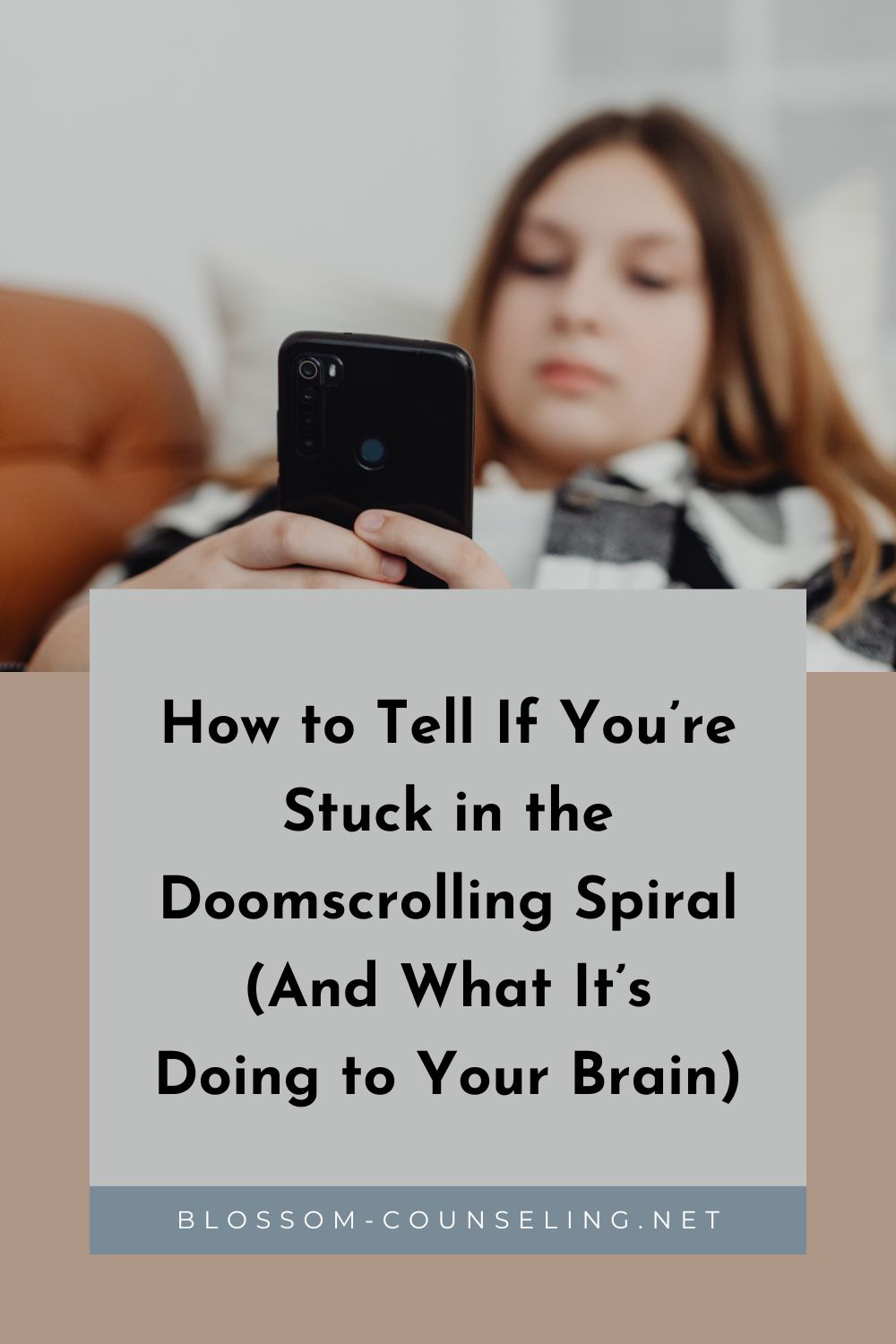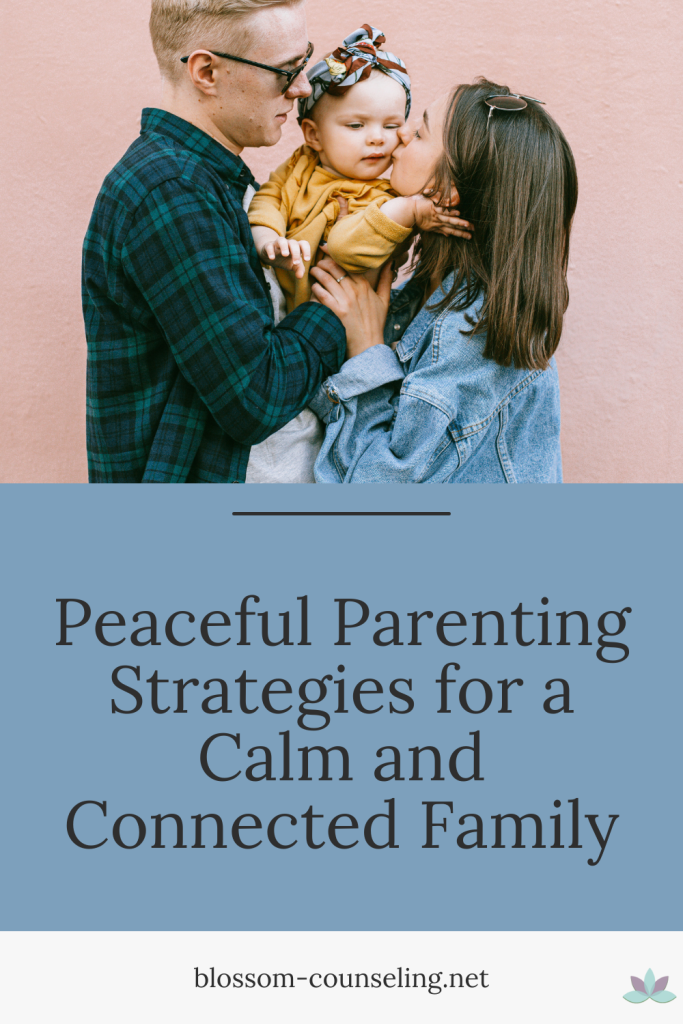 You know how it starts. You’re just going to check one thing. A quick peek at the news, maybe see what’s trending, scroll a little before bed. Ten minutes, tops. Suddenly it’s 1:12 a.m., your phone’s at 6%, and you’re convinced the world might actually be ending. Welcome to doomscrolling—your brain’s least fun way to feel informed.
You know how it starts. You’re just going to check one thing. A quick peek at the news, maybe see what’s trending, scroll a little before bed. Ten minutes, tops. Suddenly it’s 1:12 a.m., your phone’s at 6%, and you’re convinced the world might actually be ending. Welcome to doomscrolling—your brain’s least fun way to feel informed.
Doomscrolling is what happens when you keep consuming bad news or stressful content even though it’s making you feel worse. It’s a cycle of “just one more post” that leaves you wired, anxious, and weirdly hopeless. You’re not the only one—algorithms are designed to keep you hooked on chaos. (Seriously. It’s not just willpower.)
You Tell Yourself It’s “Just a Minute,” but It Never Is
You start scrolling while you eat, before bed, or during that “five-minute” break at work. Next thing you know, you’re deep in the comments section arguing with someone named user29475 about something you didn’t even care about ten minutes ago. If you keep leaving your screen more anxious than when you picked it up, that’s your sign.
You Go Looking for Bad News
No judgment here—but sometimes we chase the stress. You might find yourself refreshing headlines, diving into threads, or doom-Googling every disaster currently unfolding. It’s not that you want bad news, it’s that your brain’s threat detector loves drama. It’s biology, not weakness.
Your Sleep (and Sanity) Are Paying the Price
If you’re scrolling through disasters until midnight, your nervous system never gets a break. Doomscrolling keeps your brain on high alert, which makes falling asleep feel impossible. Then you wake up already tense, and the cycle repeats. It’s like caffeine for your anxiety—except less fun and more exhausting.
You Feel Helpless but Can’t Look Away
The more you scroll, the smaller and more powerless you start to feel. Suddenly everything feels too big to fix, so you stay frozen, scrolling for more proof that things are bad. It’s a trap disguised as productivity—you think you’re staying “informed,” but really you’re just feeding anxiety.
You Swear You’ll Stop… Then Don’t
You’ve made the speech: “No more scrolling before bed.” And then the next night, you’re doing it again. Doomscrolling can feel automatic—your brain’s way of numbing out from stress or boredom. But here’s the catch: it doesn’t calm you down. It keeps your body in panic mode.
Why It’s So Hard to Quit
It’s high alert, high stimulation, low effort. Your brain loves that combo. It makes you feel like you’re doing something (staying informed, preparing for danger), but really, you’re just running your nervous system ragged.
The fix isn’t deleting every app—it’s noticing when you’ve hit that anxious spiral and pressing pause. Try leaving your phone in another room for a bit. Go for a walk. Touch some grass. Literally.
You can’t control everything happening in the world, but you can control what you feed your brain before bed. Start small—less doom, more calm. You’re not missing out; you’re taking a break from chaos.
And if you’re reading this while scrolling right now? Congrats. That awareness is the first step.




